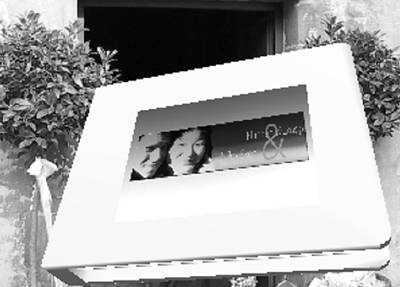Working with Hollywood FX Filters
| Although I recommend buying an HFX book to get the best of out of this plug-in, in this section, I provide a very basic introduction to using HFX in a real-world scenario. In this example, I want to show you how to reproduce a film effect similar to that seen in the Harry Potter films. Creating a Harry Pottertype photoOne of the things I like about the universe Harry Potter lives in are the magical photographs. In these, people and things actually move around and wave at the camera. Using HFX, you can simulate this without too much difficulty. To create a moving photograph
Doing More with Hollywood FXHollywood FX is capable of a lot more than you have seen in this chapter. But the version that comes with Liquid Edition has some restrictions that limit its use. For example, it isn't possible to edit FX and add objects so that you can place your own images on transitions and filters unless you upgrade to one of the more powerful versions of HFX. For an example of the Hollywood FX's capabilities, take a look at Figure 9.93. This shows the Wedding Album effect edited so that it includes a graphic on the front cover. This effect isn't possible with the standard HFX that comes with Liquid Edition. Figure 9.93. A more advanced version of HFX allows the use of graphic mapping.
You can find full details on where you can buy these upgrades on the Pinnacle Web site at www.pinnaclesys.com. Unfortunately, I can't give you any more details here because specifications are likely to change after this book goes to press. |
EAN: 2147483647
Pages: 245
- ERP Systems Impact on Organizations
- Enterprise Application Integration: New Solutions for a Solved Problem or a Challenging Research Field?
- Intrinsic and Contextual Data Quality: The Effect of Media and Personal Involvement
- A Hybrid Clustering Technique to Improve Patient Data Quality
- Relevance and Micro-Relevance for the Professional as Determinants of IT-Diffusion and IT-Use in Healthcare
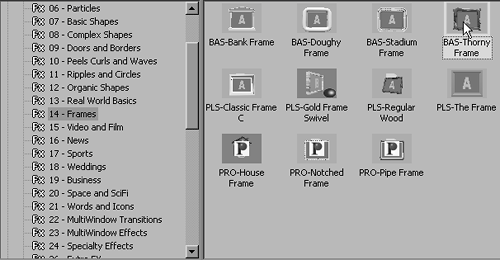

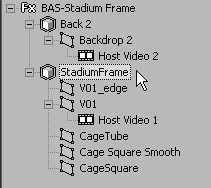
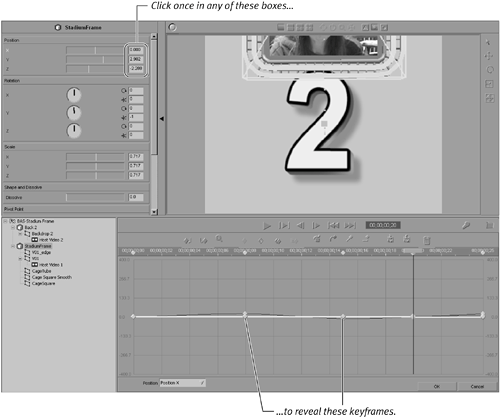
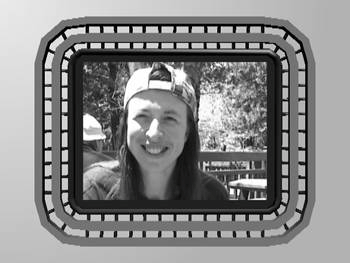
 Tips
Tips